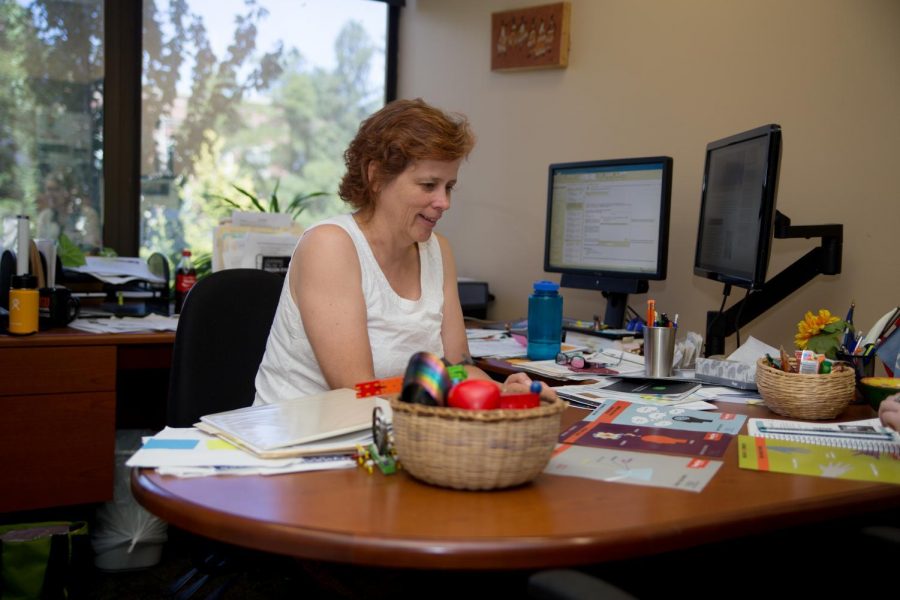Disability Access Services provides access for students with disabilites
September 15, 2017
Oregon State University’s Disability Access Services is a campus resource that provides various modes of access across campus for students with disabilities.
The DAS office is housed on the second floor of Kerr Administration building. According to the DAS webpage, DAS is present on all OSU campuses.
“About 12 percent of students on campus have a disability of some sort. About three to four percent of students disclose that to a disability services office,” Martha Smith, the director of DAS, said in an email. “That seems to be the same for OSU. We had 1006 students registered with DAS last year.”
Students can register with DAS either online or in person at any point in the term, according to the DAS webpage.
“The Disability Access Services programs are intended to give access to university activities for students,” Smith said.
DAS ensures that students with disabilities are able to access specific academic environments such as labs, field trips and classes, according to Smith. There are also ways for students to request help with in-class note taking, extended test times and interpreters for students who are deaf or hard of hearing.
According to Smith, University Housing and Dining Services also works with DAS to create accessible housing on campus, incorporating wheelchair accessibility and mobility supports where appropriate.
Oregon State University approaches implementing disability access using a practice known as universal design, according to Smith.
Gabe Merrell, the director of access and affirmative action and deputy ADA coordinator for the EOA. universal design can be used beyond physical disabilities, it can be incorporated into almost any practice.
“It’s the design of the environments to be usable by the widest number of people without need for modification,” Merrell said.
According to Smith, evidence of campus-wide accessibility in action can be seen in the Student Experience Center and the Learning Innovation Center.
“Every entrance is accessible, the classrooms are bright and easy to find and the text that is used for signs is easy to read,” Smith said. “There are different seats of different sizes in the LINC building lecture halls, as well as wheelchair accessible desks.”
Oregon State University works in compliance with the American Disabilities Act to ensure an accessible environment, according to Smith.
“The law is a minimum, it’s a floor. And so I think the university recognizes, certainly we as an office, that the floor isn’t always where we want to be,” Merrell said. “So we want to do better than that where we can.”
According to Alex Axelsson, assistive technology manager at DAS, when approaching accessibility on campus, DAS works to recognize all barriers that students might face.
“We try to incorporate open-mindedness and accessibility in the environment,”
Axelsson said.
In the last academic year, DAS created approximately 12,000 minutes of captioning for content, according to Axelsson.
“Captioning provides a great level of universal design due to the fact that it’s beneficial to everyone,” Axelsson said. “If you are studying in the library and you cannot have sound, captioning makes the content accessible to you. If you are watching a video in a loud environment where you cannot hear the content, captioning makes that accessible to you.”
According to Merrell, universal design effects not just individuals with disabilities, but everyone.
“Someone should be able to use as much of our space as possible,” Merrell said. “We shouldn’t limit them to certain spaces just because that’s what the law said we are allowed to do.”







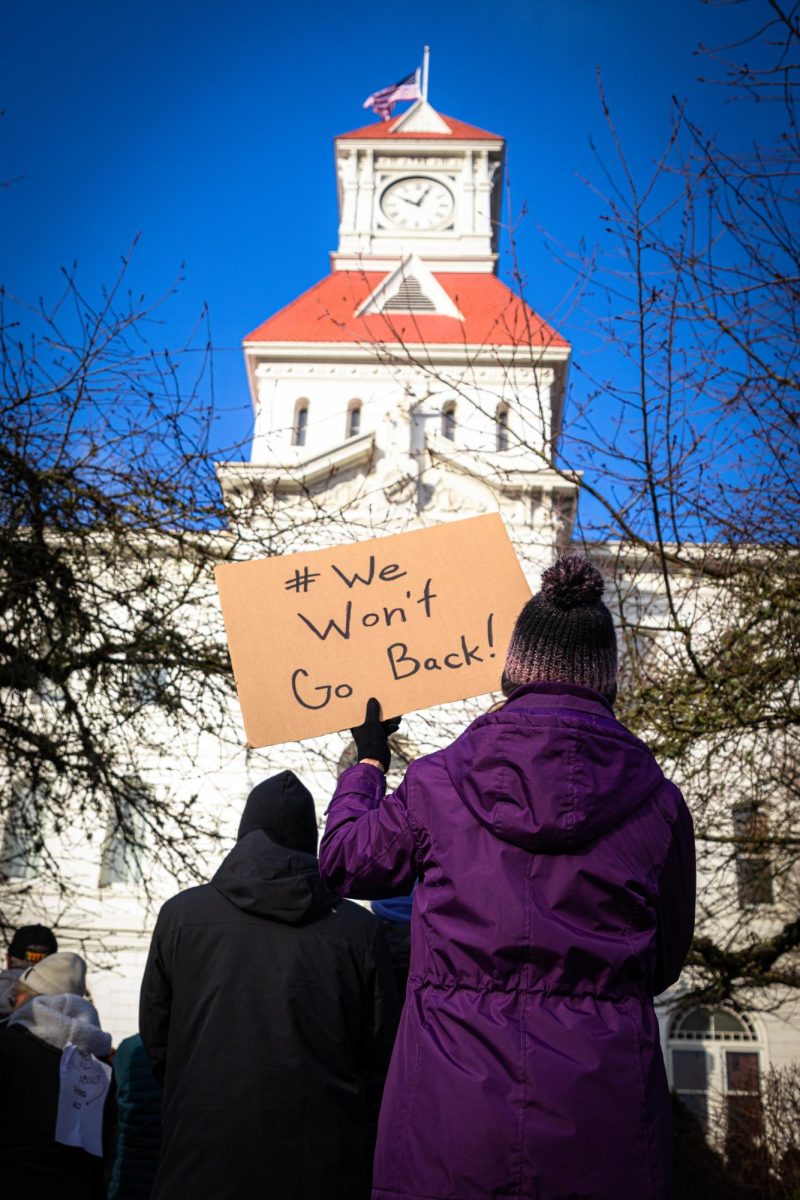

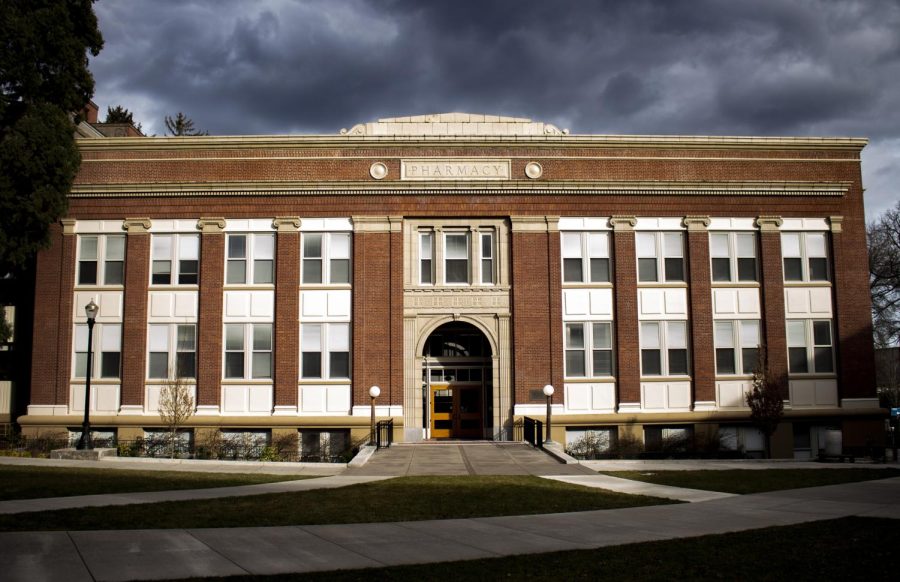

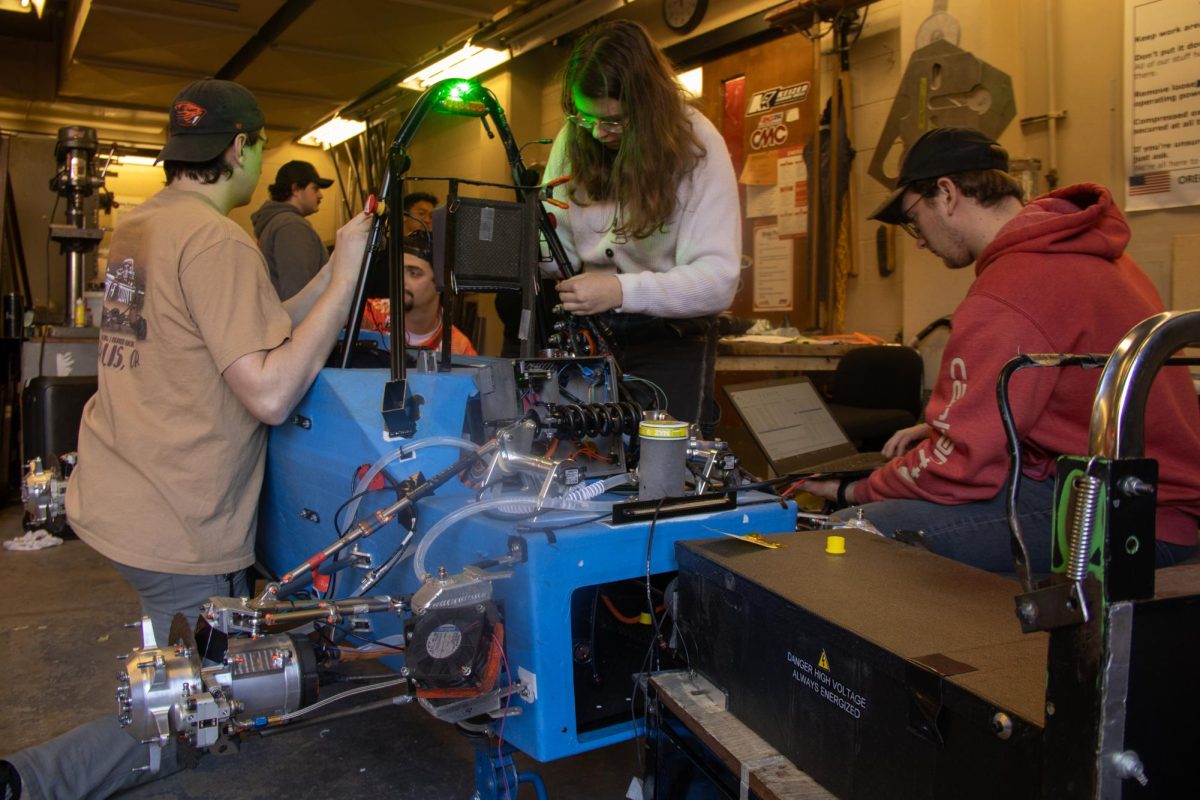



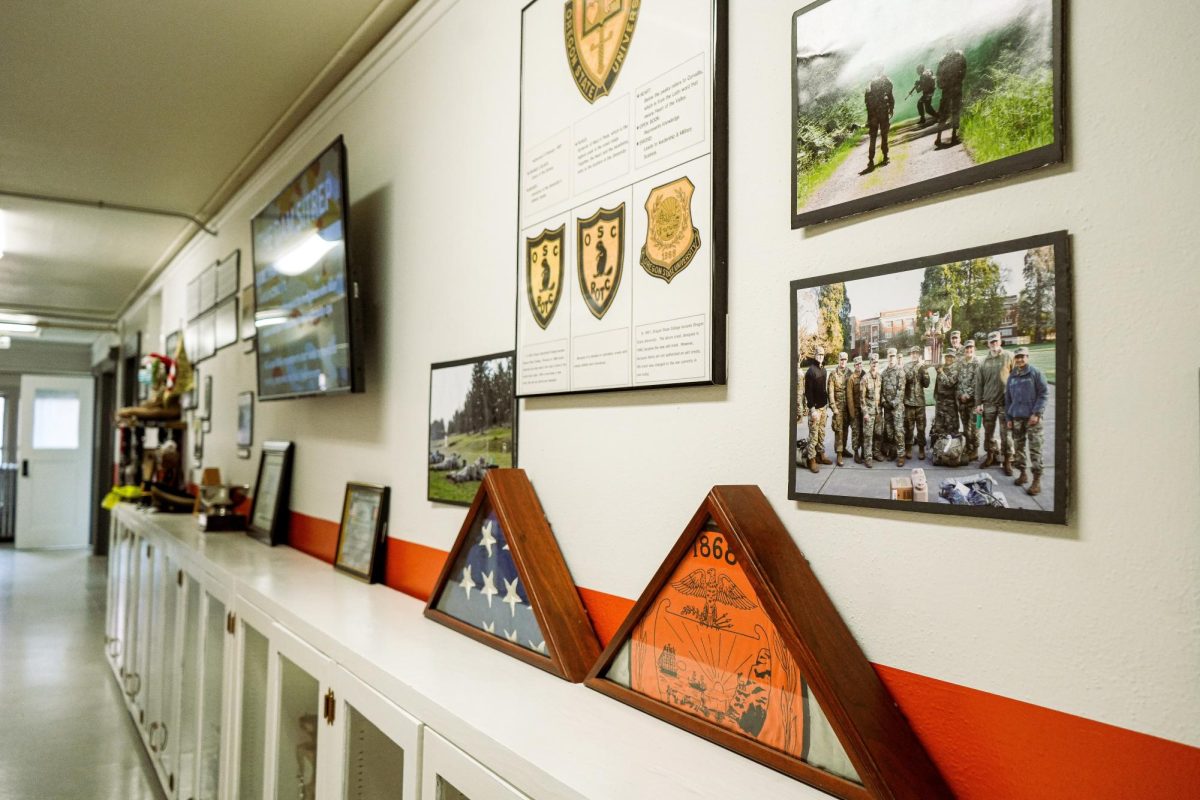
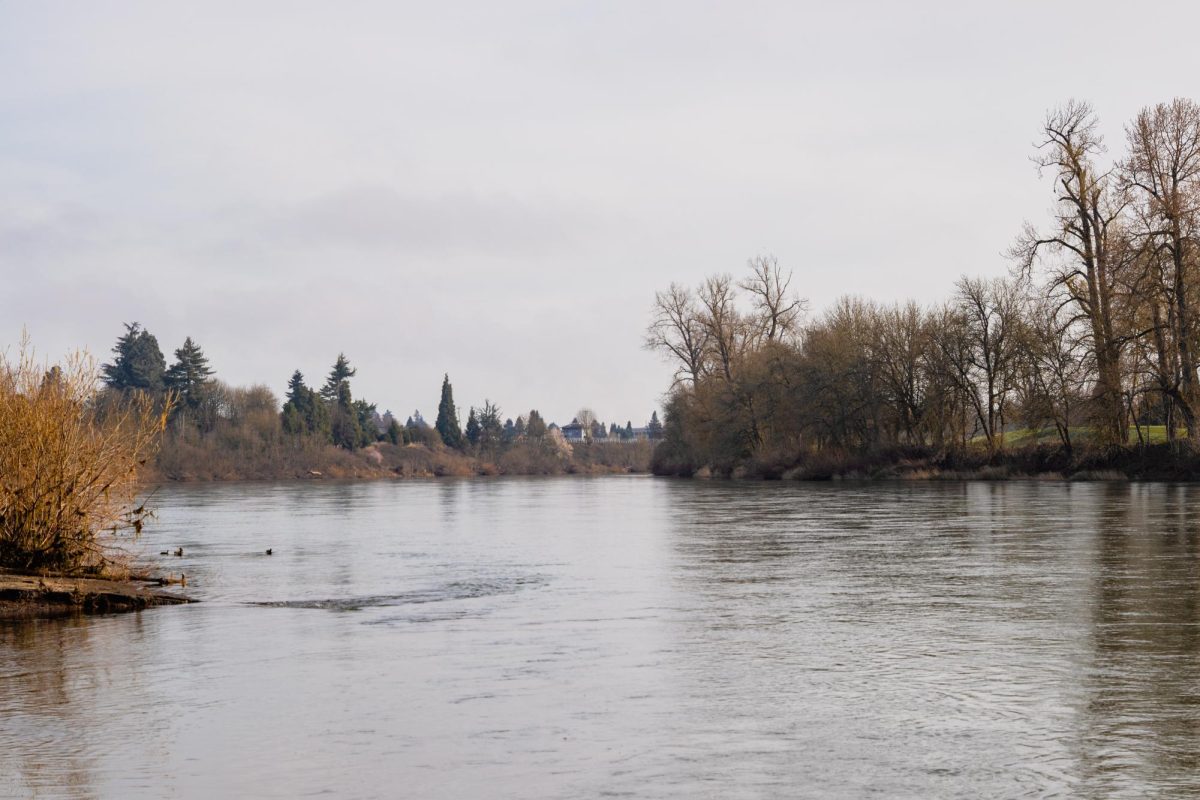


































































![Newspaper clipping from February 25, 1970 in the Daily Barometer showing an article written by Bob Allen, past Barometer Editor. This article was written to spotlight both the student body’s lack of participation with student government at the time in conjunction with their class representatives response. [It’s important to note ASOSU was not structured identically to today’s standards, likely having a president on behalf of each class work together as one entity as opposed to one president representing all classes.]](https://dailybaro.orangemedianetwork.com/wp-content/uploads/2025/03/Screenshot-2025-03-12-1.00.42-PM-e1741811160853.png)























